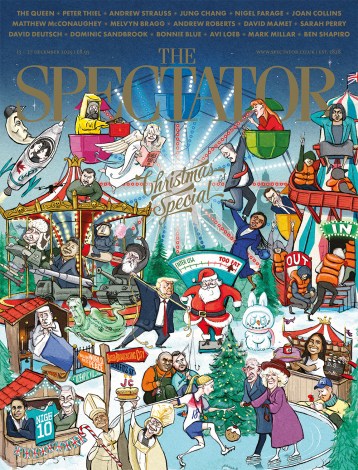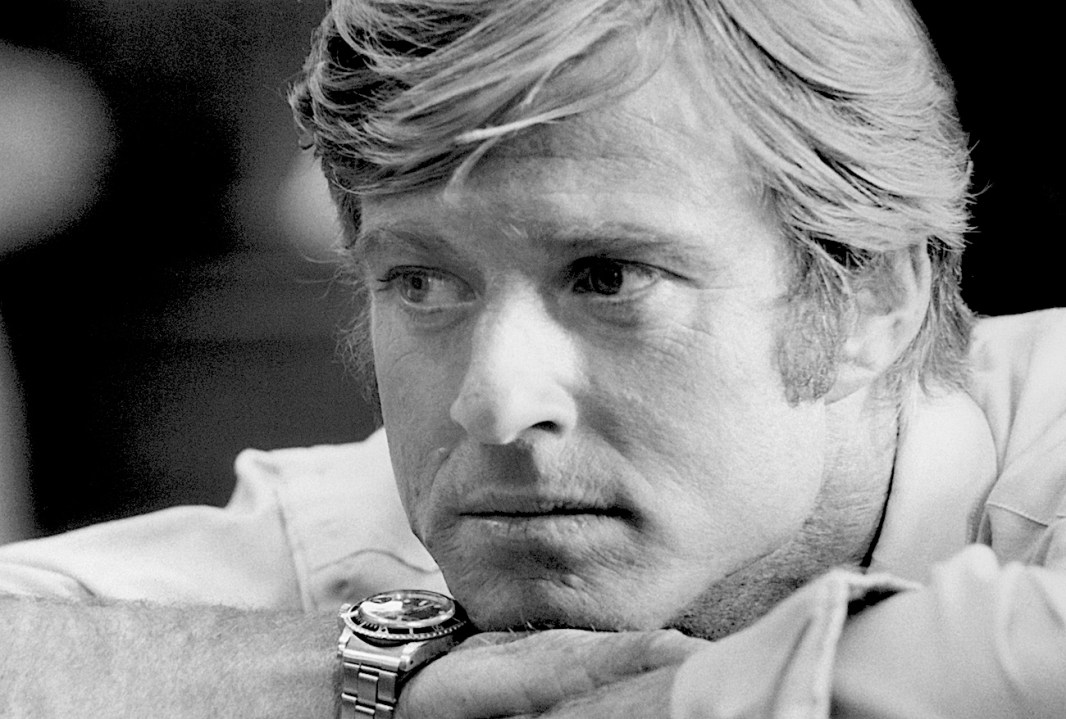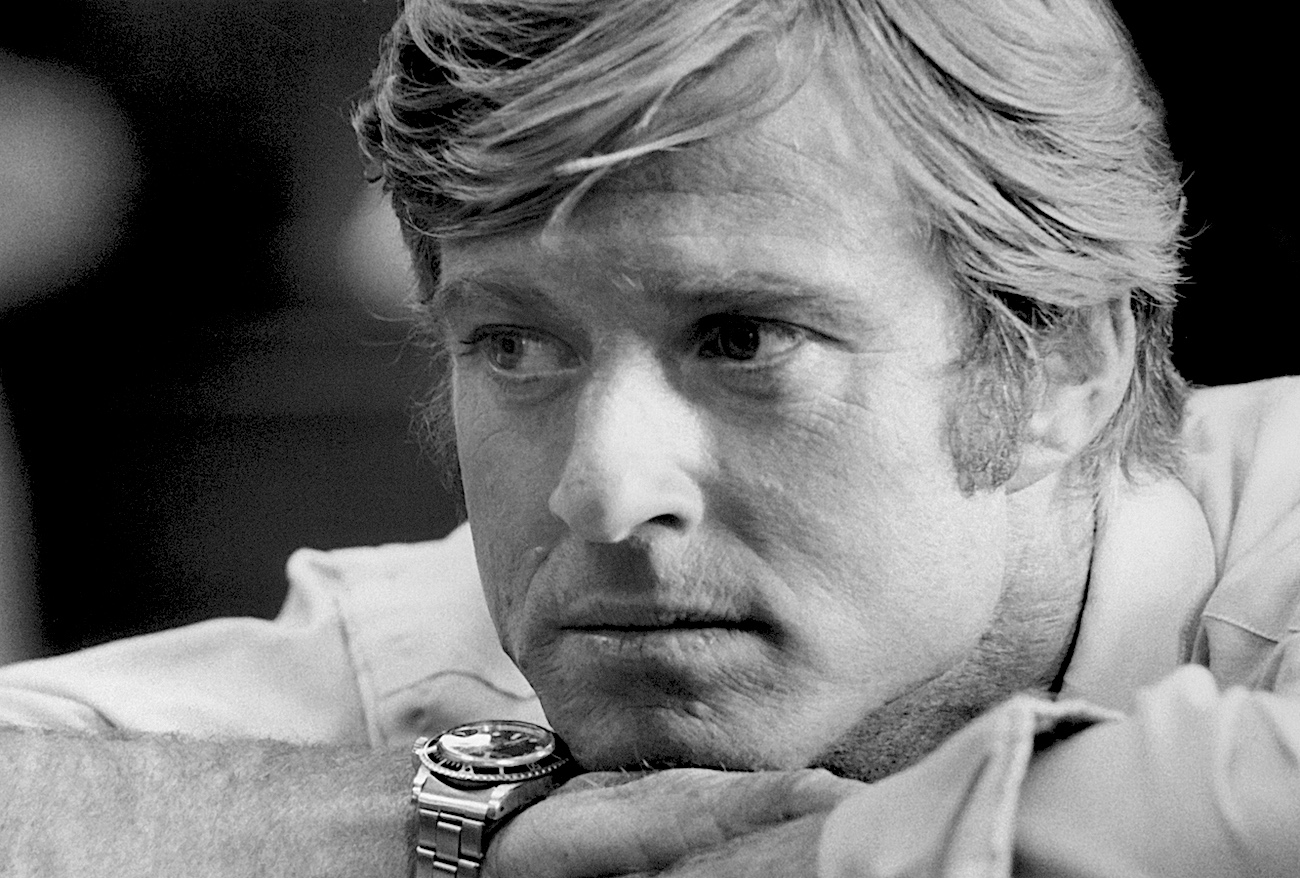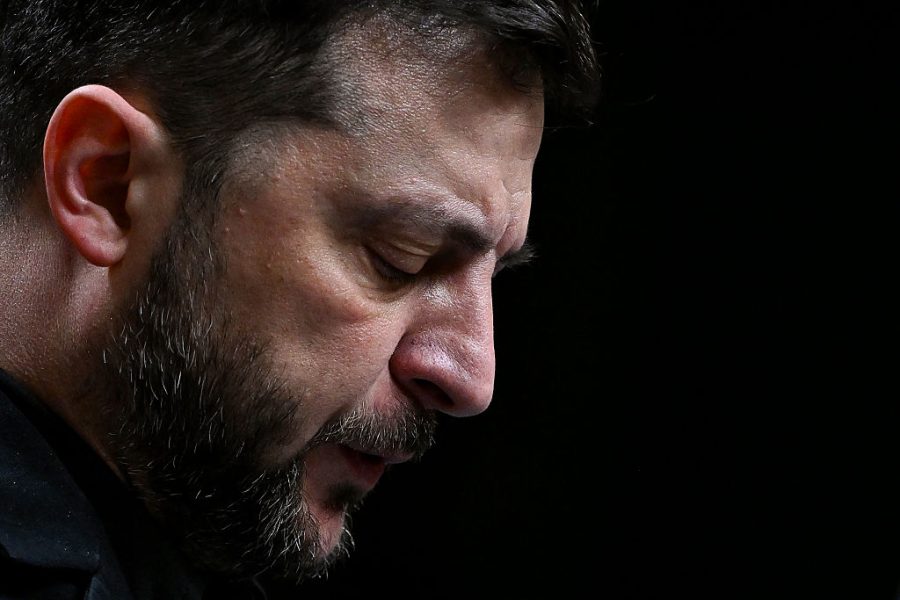Robert Redford was more than a film star, though he knew that was how he would be remembered. He didn’t like fame all that much, especially when he attracted a creepy stalker: ‘Some strange, dark character was sending me gifts. They kept coming and coming. The guy was obsessed with me and Joan Baez. They had a Swat team and infrared binoculars, and they threw us out of the house. They caught the guy, and he was insane. They put him away and he died in prison.’
Though Redford acquired a reputation as a Hollywood activist, he was careful to distance himself from some of his flakier peers: ‘The way you really find out about the performer’s seriousness about the cause is how long they stay with it when the spotlight gets turned off. You see a lot of celebrities switch gears. They go from the environment to animal rights to obesity or whatever. That I don’t have a lot of respect for.’
He also had the grace to admit that he himself was a bit of a hypocrite when it came to green issues: ‘I own a car that I shouldn’t be talking about because I’m an environmentalist, but the 1955 Porsche Spyder 550 RS is the finest sports car ever made.’
The most romantic leading man of his generation, Redford was born in 1936, the son of a Santa Monica accountant. He had polio when he was 11, was expelled from the University of Colorado after one and a half years for heavy drinking. For a time, his greatest claim to fame was hitting balls at tennis ace Pancho Gonzalez at the Los Angeles Tennis Club, to prepare the champ for tennis marches.
I first appreciated Redford as an actor adept at playing light comedy, in Neil Simon’s Barefoot in the Park (1963), which he also played on Broadway. He showed a similarly charming lightness of touch in two other massive hits, Butch Cassidy and the Sundance Kid (1969) and The Sting (1973), the latter of which earned him an Oscar nomination as Best Actor.
Redford achieved a worldwide reputation as a heart-throb, but always regarded that with wry amusement. ‘I don’t see myself as beautiful,’ he once said. ‘I was a kid who was freckle-faced, and they used to call me “hay head”.’
Unlike his fellow heart-throb Warren Beatty, he never achieved a reputation for promiscuity. During the shooting of The Way We Were (1973), Redford went as far as wearing two pairs of underpants to avoid unwanted caresses from his highly expressive co-star, Barbra Streisand.
Though he married twice, he kept his private life to himself, unlike so many Hollywood film stars, and was forgiving of me when I described his face in Havana (1990) as having ‘more lines than British Telecom’. Unlike many other Hollywood men, he never resorted to cosmetic surgery: ‘My face is what it is,’ he told me. ‘I’m not one of those actors who’s forever young.’
By his own admission, he was not the most versatile of actors. ‘As a director,’ he admitted, ‘I wouldn’t like me as an actor.’ However, his performance in the Watergate drama All The President’s Men (1976) inspired a generation of young men, myself included, to regard journalism as an honourable and worthwhile profession; so now you know whom to blame.
‘Money gives me the freedom to say no,’ he said.
I met him when he was still acting, but achieving much more success as a director. Although he had acquired a reputation as one of Hollywood’s most political activists, he denied that he was left-wing. ‘Injustice riles me up,’ he told me, ‘but really, I’m more of a conservationist.’
His eye for a beautiful landscape was the most eye-catching aspect of two of his most popular films, A River Runs Through it (1992) and The Horse Whisperer (1998). He attributed his environmentalism to some part-time work he did as a teenager: ‘When I was about 15, I went to work at Yosemite National Park. It changed me forever. Nature had carved its own sculpture, and I was part of it, not the other way around.’
His greatest strength as a director was his ability to get the best out of his fellow-actors. For me, his finest cinematic achievements were Ordinary People (1980), which won four Oscars, including Best Picture and Best Director, and – best of all – Quiz Show (1994), which featured wonderful, Oscar-worthy performances by Ralph Fiennes, John Turturro and a criminally under-appreciated Paul Scofield.
You couldn’t meet Robert Redford without realising that he had more interests than cinema, and ambitions far wider than accumulating wealth. ‘Money gives me freedom,’ he told me. ‘Freedom to say no, freedom to do what I what I want to do.’
In 1981, Redford founded the Sundance Institute, which launched many an independent film-maker via the Sundance Film Festival, and nurtured it over 44 years. So Redford gave a helping hand to many great little pictures including (my favourites) Reservoir Dogs, Little Miss Sunshine and Whiplash. No less successful were low-budget hits such as Saw, The Blair Witch Project, Spanking the Monkey, Donnie Darko, Sex Lies and Videotape and 500 Days of Summer.
If you think about all the careers those movies launched, you’ll realise that Hollywood – and the world as a whole – owes Redford a heartfelt vote of thanks.
Finally, my apologies if I’ve left out any of your favourite Redford films. A lot of people enjoyed Up, Close and Personal (1996), a lively romcom co-starring Michelle Pfeiffer, and Out of Africa (1985) in which he did his best to stop Meryl Streep acting him off the screen. And among his biggest hits was Indecent Proposal (1993), a film much-criticised as sexually creepy (not least by me), which went on to gross $267 million worldwide on a $38 million budget. As Chuck Berry used to sing as Travolta and Thurman danced: ‘You Never Can Tell’.








Comments